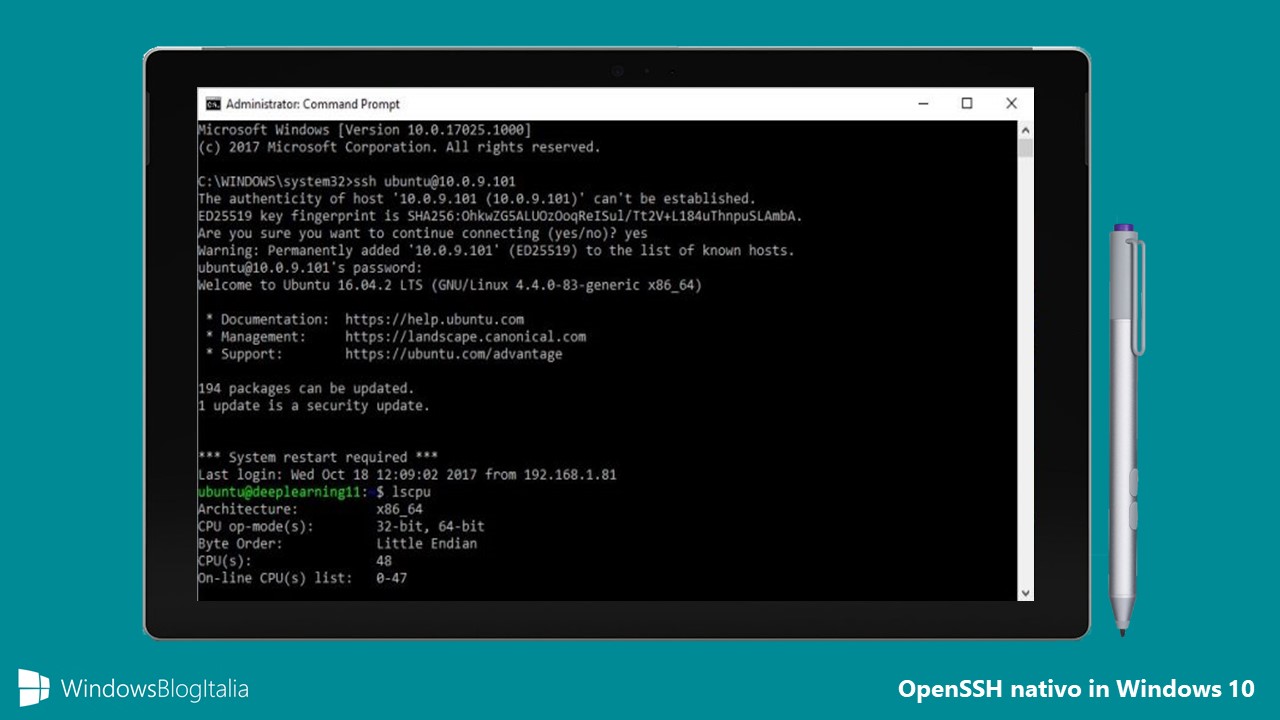Openssh Source
Web manual pages are available from OpenBSD for the following commands. These manual pages reflect the latest development release of OpenSSH. Ssh(1) — The basic rlogin/rsh-like client program sshd(8) — The daemon that permits you to log in sshconfig(5) — The client configuration file sshdconfig(5) — The daemon configuration file ssh-agent(1) — An authentication agent that can store. The portable OpenSSH follows development of the official version, but releases are not synchronized. Portable releases are marked with a 'p' (e.g. The official OpenBSD source will never use the 'p' suffix, but will instead increment the version number when they hit 'stable spots' in their development.
OpenSSH has 3 repositories available. Follow their code on GitHub. Continuous fuzzing of open source software C Apache-2.0 1,250 8 0 0 Updated Mar 4, 2021. Binary Files Source Code (Cygwin Files) Donations If you want to help development of OpenSSH, look at the T-Shirt and Poster the OpenBSD group sells, the profits go to the project.
Applies to Windows Server 2019, Windows 10
OpenSSH is a connectivity tool for remote login that uses the SSH protocol. It encrypts all traffic between client and server to eliminate eavesdropping, connection hijacking, and other attacks.
(example: ssh root@192.168.1.100) 7: wait a few minutes (just once) (it's generating some crypto keys) 8: accept new computer host key (if it doesn't ask you, that's.
OpenSSH can be used to connect Window 10 clients to Windows Server 2019. OpenSSH Client is available to install on Windows 10 build 1809 and later, while OpenSSH Server is available to install on Windows Server 2019 and later.
Important
If you downloaded OpenSSH from the GitHub repo at PowerShell/openssh-portable, follow the instructions listed there, not the ones in this article.
Install OpenSSH using Windows Settings
Both OpenSSH components can be installed using Windows Settings. OpenSSH Server is installed on Windows Server and OpenSSH Client is installed on Windows 10 devices.
To install the OpenSSH components:
Open Settings, select Apps > Apps & Features, then select Optional Features.
Scan the list to see if the OpenSSH is already installed. If not, at the top of the page, select Add a feature, then:
- On Windows 10, find OpenSSH Client, then click Install
- On Windows Server 2019, find OpenSSH Server, then click Install
Once setup completes, return to Apps > Apps & Features and Optional Features and you should see OpenSSH listed.
Note
Installing OpenSSH Server will create and enable a firewall rule named OpenSSH-Server-In-TCP. This allows inbound SSH traffic on port 22. If this rule is not enabled and this port is not open, connections will be refused or reset.
Install OpenSSH using PowerShell
To install OpenSSH using PowerShell, run PowerShell as an Administrator.To make sure that OpenSSH is available, run the following cmdlet:
Openssh Source Install
This should return the following output:
Then, install the server or client components as needed:
Both of these should return the following output:
Openssh Source
Start and configure SSH Server
To start and configure OpenSSH server for initial use, open PowerShell as an administrator, then run the following commands to start the SSHD service:
Connect to SSH Server

Once installed, you can connect to OpenSSH Server from a Windows 10 device with the SSH client installed using PowerShell as follows. Be sure to run PowerShell as an administrator:
Once connected, you get a message similar to the following:
Selecting yes adds that server to the list of known ssh hosts on your Windows client.
You are prompted for the password at this point. As a security precaution, your password will not be displayed as you type.
Once connected, you will see the Windows command shell prompt:
Openssh Source Code Linux
Uninstall OpenSSH using Windows Settings
To uninstall OpenSSH using Windows Settings:
- Open Settings, then go to Apps > Apps & Features.
- Go to Optional Features.
- In the list, select OpenSSH Client or OpenSSH Server.
- Select Uninstall.
Uninstall OpenSSH using PowerShell
To uninstall the OpenSSH components using PowerShell, use the following commands:
Openssh Source Windows
You may need to restart Windows afterwards if the service was in use at the time it was uninstalled.
